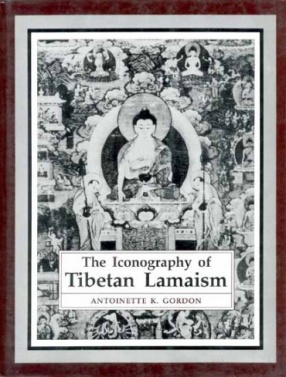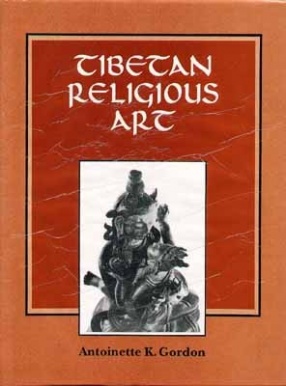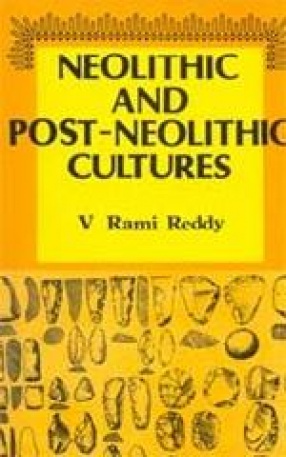The rich cultural and spiritual heritage of Buddhism has recently been commanding serious attention among a wide public in the West. Lamaism, the Tibetan offshoot of Buddhism, has itself fascinated not only the specialists but also an expanding number of artists, students, and collectors who have been impressed by the subtlety of Tibetan religious thought and the quality of its art. And Tibetan art, with its brilliant colouring, decorative design, and subtle iconography, has come to be recognized as one the outstanding achievements of religious art in the Orient. Tibetan art, however, perhaps more so than nay other religious art, is permeated with the tenets of the highly developed religious tradition and body of theological dogma to which it give concrete expression. The colourful thangkas, although aesthetically appealing in themselves, cannot be fully understood or appreciated without at least a rudimentary knowledge of the religious precepts of Lamaism and the profuse symbols used in giving these tenets visual form. For the number of gods in the Tibetan pantheon seems to be limited only by the bonds of human imagination, and every image and detail is given symbolic meaning.
The Iconography of Tibetan Lamaism was first published in 1939, for the express purpose of "giving the student interested in Tibetan Iconography a general idea of the development of Buddhism into Lamaism, and making easier the identification of the various deities of the Tibetan pantheon." Although interest in the field has grown over the years, the books has remained the only authoritative work of its kind.
The book gives a descriptive outline of the principal gods in the Tibetan pantheon, tracing the main features and symbols that are used to denote each one. A comprehensive illustrated list of the various ritual objects, talismans, symbols, Mudras (symbolic hand poses), and asanas and vahanas (position of the lower limbs) that are used in he images of gods is accompanied with a word list of the Sanskrit terms most commonly encountered in a study of Lamaism.
A set of thirty-one thangkas from the famous collection of Baron A. von Stael-Holstein, formerly of Peking, China, which came to America after the publication of the original edition of the book, has been included in this new and revised edition.






There are no reviews yet.